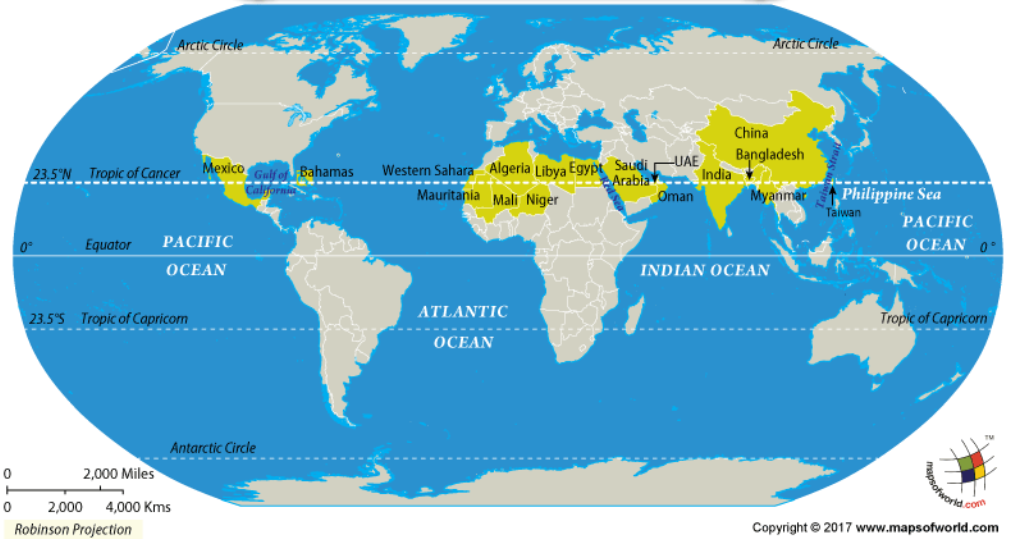MONSOON SEASON
When webmaster George Dumas pushed the button to publish “Summer Doldrums,” I suggested that we take a month off as nothing much was going to happen during the summer months. Then, on the morning of June 24 I woke to a day that both felt and looked different. Cumulus clouds were heaped up against the backside of the Santa Ynez mountains and flotillas of small white clouds with lacy edges stretched across the sky. Listening to my weather radio, I learned that a monsoon brought violent storms to the Los Angeles basin and the surrounding mountains.
Monsoon season most often occurs in July and August and brings most of the annual rainfall to the Southwest. We were experiencing the edge of the first one today.
Most monsoons occur when the hot summer sun heats up the land and the wind shifts to the south drawing up the moist, unstable air from the Gulf of California or the Gulf of Mexico.
Along with rain came strong wind gusts and even some hail in Los Angeles. The electrical storms produced an estimated 3,600 lighting strikes, one igniting a brush fire in the Tehachapi and another tragically striking and killing a woman and her two dogs who were taking a morning walk along the San Gabriel riverbed. Fatal lightning strikes are rare with this being the first one of some 20 occurring each year.
Only the northern edge of the monsoon reached Santa Barbara. I spent the day outside with my camera, my eyes always on the sky. The air was silken, not too humid without any of that sharpness we associate with the typical onshore flow from the ocean. It was the kind of day that makes you feel like a different person.
Now, at almost 4 PM, the show is mostly over. The heaps of clouds over the highest mountain ridges have withdrawn or simply melted away leaving behind a few cloud fragments.
Although failing to bring us rain, the monsoonal visit was a delightful change from the usual coastal weather.
SUMMER SOLSTICE

It’s been several weeks since the Summer Solstice, but the days grow shorter so slowly at first that you’re not apt to notice. Because of the earth’s tilt toward the sun, the sun is directly over the Tropic of Cancer at a latitude of 23.5 degrees north. The Tropic of Cancer passes over Baja California as it circles the globe, or more precisely, over the small seaside town of Todos Santos, an hour’s drive north of Cabo San Lucas where a planted stick casts no shadow.
Because of the slow heating of the land by the sun, the highest temperatures will be several weeks later in mid-July.
Within the Arctic Circle, at the Summer Solstice, the sun will shine for 24 hours while darkness will prevail at the south pole.

[Photo by Jodi Turley]
Over the millennia, various cultures have celebrated the Summer Solstice in different ways. Here in Santa Barbara we have a parade with imaginative handcrafted floats, bands (emphasis on drums ) and costumed dancers moving to the beat. For me, butterfly wings glowing in the sunlight epitomizes summer.
FOLLOW BLOG BY EMAIL
Enter your email address over on the right to follow this blog and receive notifications of new posts by email.


LOVE HEARING FROM YOU—-ALWAYS INSTRUCTIONAL AND LIVELY. A SHORT SHADOW, TOO
LOVE , DOTTIE